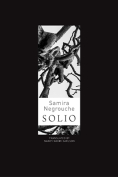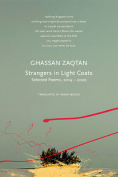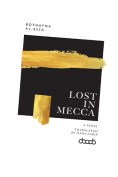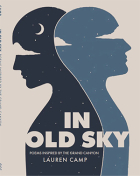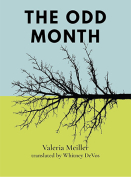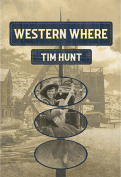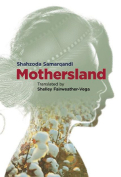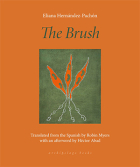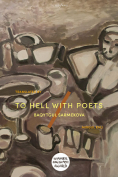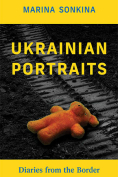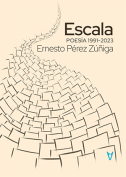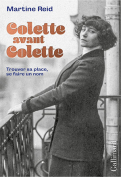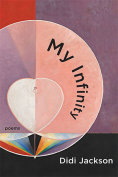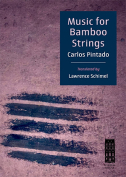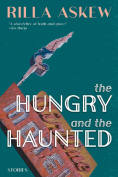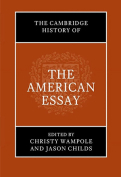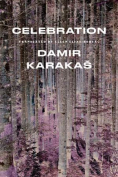The Odd Month by Valeria Meiller
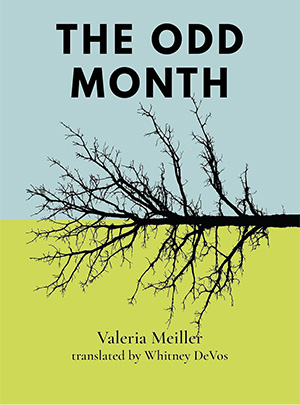 Boston. Black Ocean. 2024. 95 pages.
Boston. Black Ocean. 2024. 95 pages.
Originally published in Spanish in 2015, Valeria Meiller’s The Odd Month is a stunning volume of prose poetry constructed of a multilayered world of different spaces and times. Though unmistakably set in the fertile grasslands of the Argentine Pampas, The Odd Month features abundant references to the Grand Canal, Africa, and other spaces that crop up before the characters’ eyes. Some of these spaces appear from looking at a painting of deer, others when daydreaming or while enduring nightmares. All of these are folded into the specificity of a drought in Argentina’s lowlands; when crops, animals, hunters, and caregivers experience the oddest of months while longing for rain.
A first reading may suggest that the twenty-nine poems allude to daily entries of February during a leap year. However, each poem opens unto a complex space-time that moves from present-day drought, to the arcadian and idealized landscapes of the nineteenth century, to glimpses of a settler colony. Historic moments are collapsed into quotidian observations; as one of the voices says in “Fish”: “There are distances that do not fit within any era—ceremonies lean upon those moments, with all their severity and the indolence of initiations.” Likewise, temporality is explored in The Odd Month, especially at the level of form. The conditional and the subjunctive are the most recurrent tenses, placing the poetic voices in a constant state of wonder: “and if it were to rain, where would they be?” In Spanish, the subjunctive tense introduces a virtual time or space to the enunciation in which hope, melancholy, and desire occur. Whitney DeVos’s skilled translation successfully brings into English this imaginary layer of existence, conjuration, and possibility.
Much like time and space, subjectivities in The Odd Month are multiple. For instance, there is a boy who, after shooting his .22 rifle, finds that “each detonation is a balm.” There is a man who views the drought as a plague that, unlike the sound of locusts, appears as a “deaf agony” in which “thoughts are yellow and each edge of the landscape hurts.” There is a couple whose thoughts of having children merge with those of the drought: “a daughter dry and hard; a horseshoe, incandescent.” There are plants, most notably a stem in the poem “Cinnamon” that says: “The branch growing from my foot has a few flowers.” And then there is the stuff from which inheritance is made: “objects gallop from one generation to the next, and he will learn how to handle this like a skilled horseman.” Not all of these subjectivities are afforded a poetic voice, but Meiller treats both the human and the nonhuman with attention and familiarity, signaling their delicate, precise entanglement.
For many Argentines, 2008 is remembered for the agrarian strike that paralyzed the country, in protest against the Kirchner government’s decision to raise exportation taxes. The Odd Month is not about that, at least not explicitly. Nonetheless, since it is broadly situated within that period, it could also be read as a commentary on the consequences of a plantation system that dictates the economy and devastates ecosystems. A landscape that turns yellow, a drought that “is transmitted to the body by contagion,” and climate reports announcing drastic temperature changes are balanced in Meiller’s poems by references to long-duration processes that far surpass the immediacy of catastrophe. One of her characters daydreams about “a world where urgency turns the blades, where the mills are white, and the market does not satisfy the expectation of a house full of guests,” while another voice asserts that “no one forced them to live on the edge of the world, but now they must strike the field, the buckshot, the inches, a property that seems to die of sadness.” Throughout, glimpses of Argentina’s past—one of internal colonization aimed to modernize and tame nature—are made ever-present through the drought.
In her brilliant prologue to the text, DeVos places Meiller’s work within a rich literary tradition that returns to archetypal violence in new ways. The voices of The Odd Month are skilled with knives and guns; they notice gunpowder accumulating on the grass; they know how to break rabbits’ necks, and how to skin them with ease and care. The book opens with the hunting of rabbits and ends sharply with the following line: “In a man holding his knife, there is neither obstacle nor danger—she thinks. It is merely a familiar image.” Such a tenderness and closeness with death pervades Meiller’s work.
Meiller treats the materiality of language as the materiality of space. The lengthy verses, the subjunctive and conditional tenses, and the intermittent inner dialogues create an atmosphere where light settles and is observed, silence and birds fill the air, and endangered species lie amongst the grass. Just as in Meiller’s scholarly work, The Odd Month’s ecopoetics do not take nature as a backdrop but rather use regional particularities as situated instances of thought and imagination. Meiller’s poetic prose is expansive and multilayered yet never loses sight of the Pampas: “here there exists the origin of species, the lack of rain; the delicacy of men emerges from the thickness of the stems.”
Manuela Luengas
Columbia University
